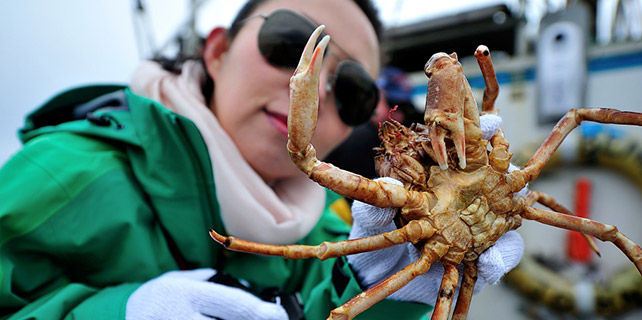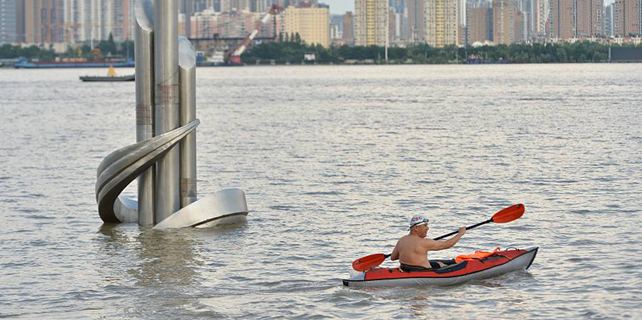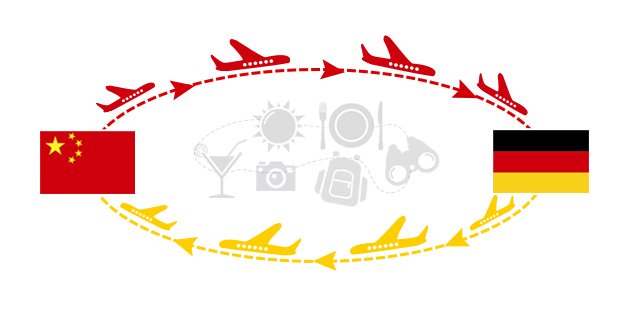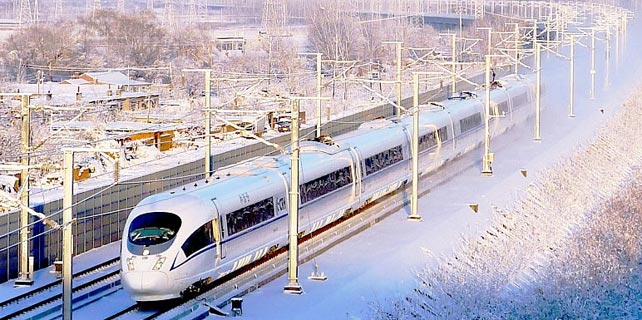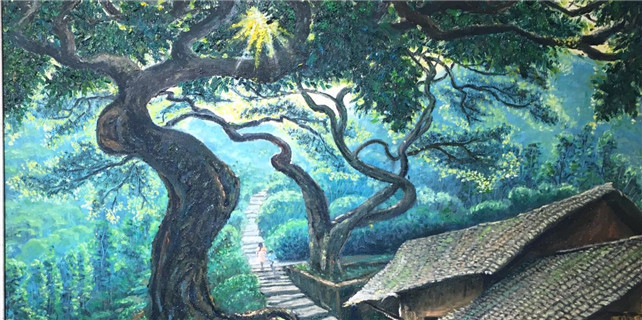East meets West at Silk Road exhibit
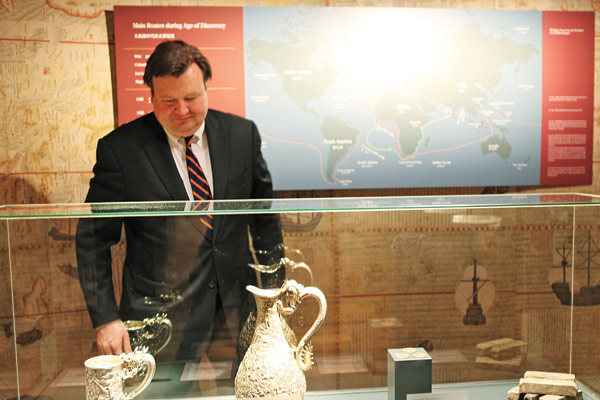 |
|
Peter Tamm, director of the International Maritime Museum in Hamburg,has called on G20 leaders to visit the Maritime Silk Road Exhibition while discussing pressing global challenges. [Photo by Fu Jing/China Daily] |
When the leaders of the G20 are not discussing the world's pressing challenges on Friday and Saturday in Hamburg, they have the opportunity to visit a German-Chinese exhibition chronicling the Maritime Silk Road.
Peter Tamm, the director of the International Maritime Museum in Hamburg, which is hosting the exhibition, said it was important that leaders knew the history of globalization as well as its current impact.
"The leaders should come to know how different cultures and civilizations had interacted in an amazingly peaceful way in the past," he said.
The exhibition includes 120 items which represent the Maritime Silk Road during the 13th to 17th centuries.
Open from June to September, it was jointly arranged by Tamm's museum and the Guangdong Museum.
The exhibition, which moves to Rome later in the year, includes shipwreck debris, porcelain, plants and religious and cultural artifacts.
The museum was opened by Tamm's father in 2008, after a lifetime of collecting maritime models and relics. His father, who passed away last December, often said oceans are essential for mankind to exchange and trade with other people.
"As my father's motto goes, we are thrilled to have this exhibition and we are happy that more and more museum-goers are interested in Chinese culture and the Silk Road history," said Tamm.
Tamm, who works as a shipping broker as well as running the museum, said interest in the exhibition demonstrates the interest Europeans have in Chinese culture.
Tamm said he was impressed by the items from the Nanhai 1 and Nan'ao 1 shipwrecks, which were recovered off the coast of South China. The ships were vital in bringing China closer to the rest of the world.
"They are symbolic of a period in China's history that is little-known here in Germany," said Tamm.
"The routes were used during the Middle Ages to bring luxury goods from China to the Middle East and from there on to Europe."
Tamm said the exhibition was a background to the China-proposed Belt and Road Initiative, which seeks to revive trade links and increase international trade and cooperation.
Tamm said 125,000 visitors come to his museum every year. The exhibition, East Meets West: The Maritime Silk Road during 13th-17th Centuries, has already helped increase the number of visitors by around 35 percent.
Tamm's museum and Guangdong Museum have also produced a book in German and English on the exhibition.
In the preface, Luo Shugang, China's culture minister, said that the multidimensional exhibition reflects the interaction of different cultures over time.
"I am certain that this exhibition will contribute to the further understanding between China and Germany," Luo wrote.
Contact the writer at Fujing@chinadaily.com.cn




